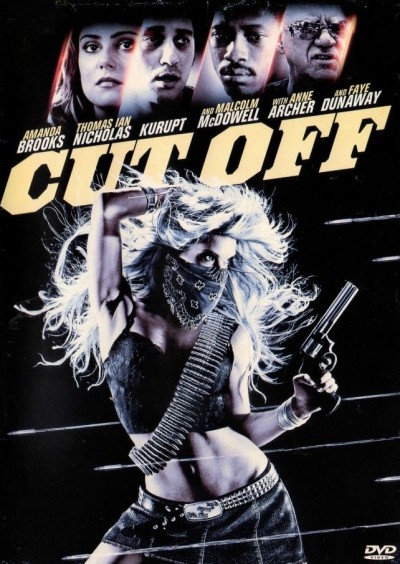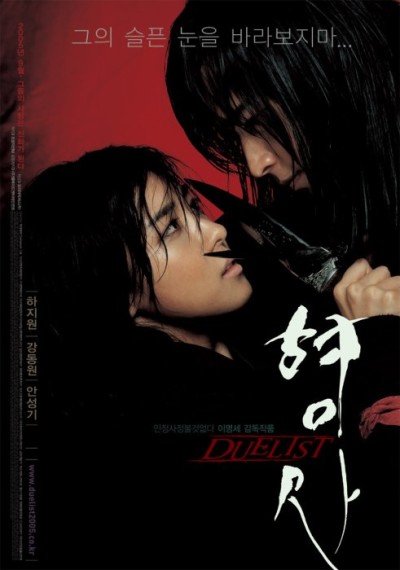 For the purposes of this list, I am deliberately using a fairly vaguer definition of the term “cyborg”, probably looser than the Wikipedia-approved one of “a theoretical or fictional being with both organic and biomechatronic parts.” While some of those discussed below certainly fall into that description, I also include entirely artificial creations – whether mechanical or “vat-grown”, shall we say – even if the former may technically be robots rather than cyborgs, and the latter are, in the words of the Tyrell Corporation, “more human than human”. I’m really not interested in getting hung up on specific terminology, and will cut anyone who decides to whine about it. And no, I wouldn’t dare do other than put these in chronological order…
For the purposes of this list, I am deliberately using a fairly vaguer definition of the term “cyborg”, probably looser than the Wikipedia-approved one of “a theoretical or fictional being with both organic and biomechatronic parts.” While some of those discussed below certainly fall into that description, I also include entirely artificial creations – whether mechanical or “vat-grown”, shall we say – even if the former may technically be robots rather than cyborgs, and the latter are, in the words of the Tyrell Corporation, “more human than human”. I’m really not interested in getting hung up on specific terminology, and will cut anyone who decides to whine about it. And no, I wouldn’t dare do other than put these in chronological order…
Maria – Metropolis (1927)
The original, not least because the term “cyborg” wasn’t actually created until 1960. Heck, even the word “robot” was only invented earlier that decade, by Czech playwright Karel Čapek. Must confess, I find sitting through the restored version of Fritz Lang’s classic highly soporific. Blasphemy it may be, but I prefer the shorter, Giorgio Moroder edit. But there no denying the pivotal role of the Maschinenmensch built by the inventor Rotwang, in memory of his one true love. However, she is used by the authorities to replace a workers’ leader, Maria, and foment violent rebellion which can then be crushed by Metropolis’s leaders. She may be the first, but Maria – played by 19-year-old Brigitte Helm, an actress with no previous film experience – combines two frequently seen aspects in the genre: the ‘perfect woman’ and the deceptive snake.
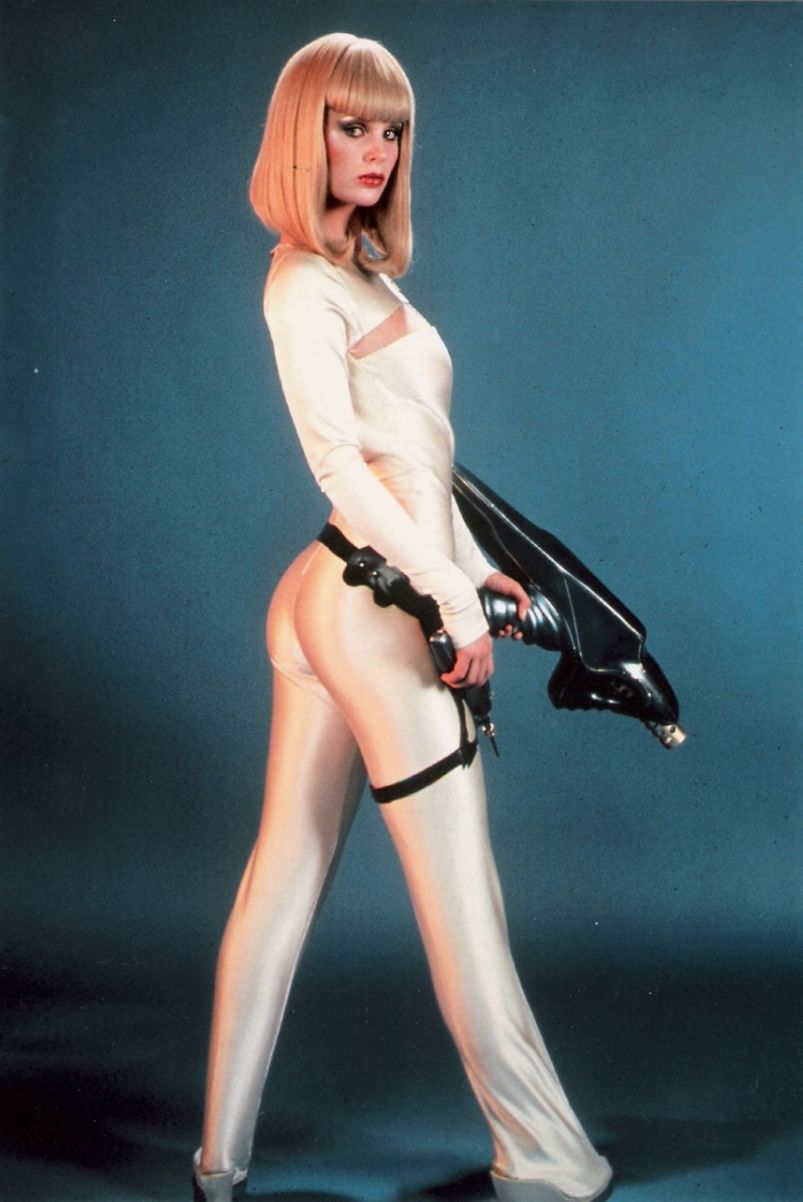 Galaxina – Galaxina (1980)
Galaxina – Galaxina (1980)
Not to be taken seriously at all, but a surprising amount of fun, following the space-cop crew of the Infinity, as embark on a 54-year mission to save the powerful Blue Star [Ahh-aaaah… No, I’ve not had a seizure: every time it’s mentioned in the film, a choir erupts] from falling into the wrong hands. Galaxina is the ship’s pilot, and only real competent member; when the rest of the crew comes down with a nasty case of whiplash, she has to venture out onto a prison planet by herself. Despite starring Playboy playmate Dorothy Stratten – tragically murdered by her estranged husband just a couple of months after Galaxina opened – this is chaste, but no less entertaining for it. Spoofing everything from Dark Star to Alien, for me, this is a good deal more amusing than Spaceballs.
Pris – Blade Runner (1982)
Has there been a single more influential film in the SF genre over the past forty years? It’s easy to forget this wasn’t a big hit on its initial release – 27th at the US box-office that year, just above Airplane II – but is now regarded as one of the all-time classics. Of the three female replicant characters, I wish they’d given more time to Zhora Salome (Joanna Cassidy), as she may be the baddest-ass of the bunch, more than capable of taking on Deckard until he unsportingly guns her down. But Daryl Hannah’s Pris Stratton turns out to be a great deal more than the “basic pleasure model” she is initially disparaged as, proving both smart and deadly alongside Roy Batty in their quest for more life. Has not just stood the test of time, this has actually improved significantly with age.
While largely a cheerful B-action flick, this also contains elements of the Frankenstein myth, with scientist Dr. Eve Simmons (Renée Soutendijk) creating new life in the form of a robot, that doesn’t just look like her, it also contains much of her mental attributes, both good and bad. When things goes wrong – this is my unsurprised face there – the inhibitors are cast aside, and Robo-Eve is free to deal with all the insecurities and psychological detritus that Human-Eve would never dare handle. It’s almost liberating – or would be, if not for the high body-count left in Robo-Eve’s wake, which triggers more angst than anything. Add Robo-Eve in a bright-red leather jacket, and you’ve got the stuff video-store dream displays are made of.
Cash Reese – Cyborg 2 (1993)
While not the most critically-loved film on the list, to put it mildly, this is the film that launched the career of a very young Angelina Jolie. Not that she appears particularly grateful, saying, “I saw it and I threw up. Just nausea… But I was 17 and I think I thought I was making a real movie.” It’s not actually that bad. Sure, it’s almost a role-reversal of Blade Runner with a psychotic hunter chasing after our two leads, albeit lacking the big names and high production values, and Jolie is a mere fragment of what she’d go on to become. However, it’s hardly the worst film with a future Oscar winner: the supporting cast certainly help pick things up, with Jack Palance (just a couple of years after he won his own Academy Award) and Billy Drago especially entertaining.
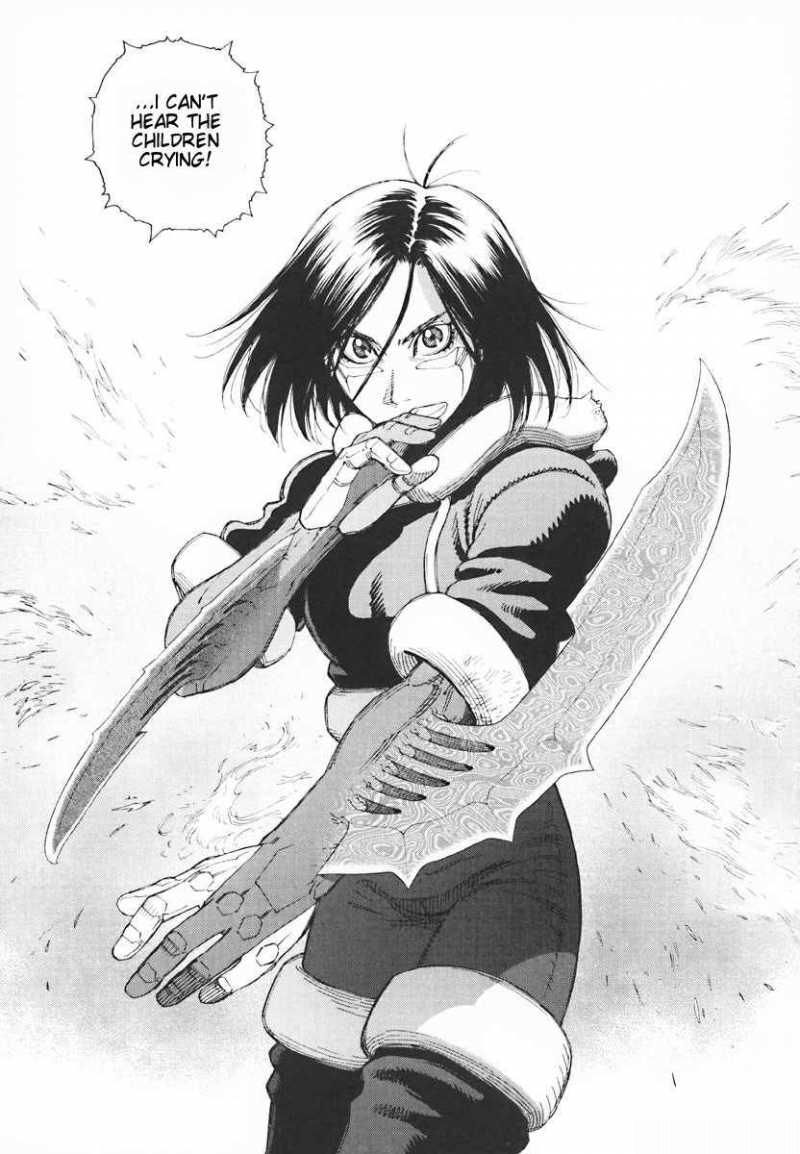 Alita – Battle Angel Alita (1993)
Alita – Battle Angel Alita (1993)
There are a million good reasons to hate Avatar. The relevant one here, is that production on its sequels has stopped James Cameron from his long-reported adaptation of Yukito Kishiro’s manga, published in 1990, which became a pair of OAVs, and that I really must get round to reviewing here. It’s about an android, found on a garbage heap and repaired, and her quest for identity in a 26th-century dystopian world where the elite live in the sky, far above the grimy surface. Spine-theft, hyper-violent sports and painful loss ensues. Cameron first approached Kishiro in regard to an adaptation back in 1998, and had a “very good” script as long ago as 2009. But with two Avatar sequels to come first [oh, be still my beating heart], maybe… 2020? Sheesh.
Motoko Kusanagi – Ghost in the Shell (1995)
Much like Dirty Pair, Masamune Shirow’s manga has spawned a confusing network of spin-off adaptations, which may or may not be related. There are two animated features (with a third due out this summer); a television series which ran for two seasons and concluded in its own movie; a prequel OAV series, Ghost in the Shell: Arise; plus further books, manga based on the adaptations, video games, etc. Its universe, set in a near-future where cybernetic augmentation has become common, as seen in its heroine, a squad leader in Japanese law enforcement. Beyond that… Well, I clearly have a great deal of catching up to do, before the live-action version scheduled for release in April 2017, starring Scarlett Johansson.
Number 6 – Battlestar Galactica (2003)
One of the twelve known Cylon models, this one could have been Number 3 (played by another renowned action heroine, Lucy Lawless) or Number 8. But, let’s face it, #6 is the most striking and photogenic. What I remember most about the early going in this series, was the paranoia it induced – because anyone could be a Cylon, and they might not even know themselves, which is a hell of a defense against discovery. Interesting trivia note: while Number 6 was played by Canadian model Tricia Helfer, another candidate for the role was Melinda Clarke, who would go on to the role of Amanda on Nikita. Would have made for a rather different vibe, I think, though Helfer is great, playing the multiple incarnations of her character with a fascinating range of subtle differences.
Just as T2 upped the ante on the original by switching Arnie from villain to hero, so T3 did so by adding a “gender war” component to things. Played by Kristana Loken, who has subsequently carved out a minor career for herself as an action heroine, most obviously in the Bloodrayne franchise, but also in Bounty Killer and Mercenaries. She’s just about perfect here, and the battles between her and the T-850 are just hellacious, lengthy brawls. With both being artificial, there’s not the creepy “spousal abuse” vibe you sometimes get with male vs. female fights, and everyone just goes for it. I would admit, this is somewhat short of the first two films, though that’s mostly a testament to how near-perfect those are. It’s certainly a hell of a lot better than Terminator: Salvation.
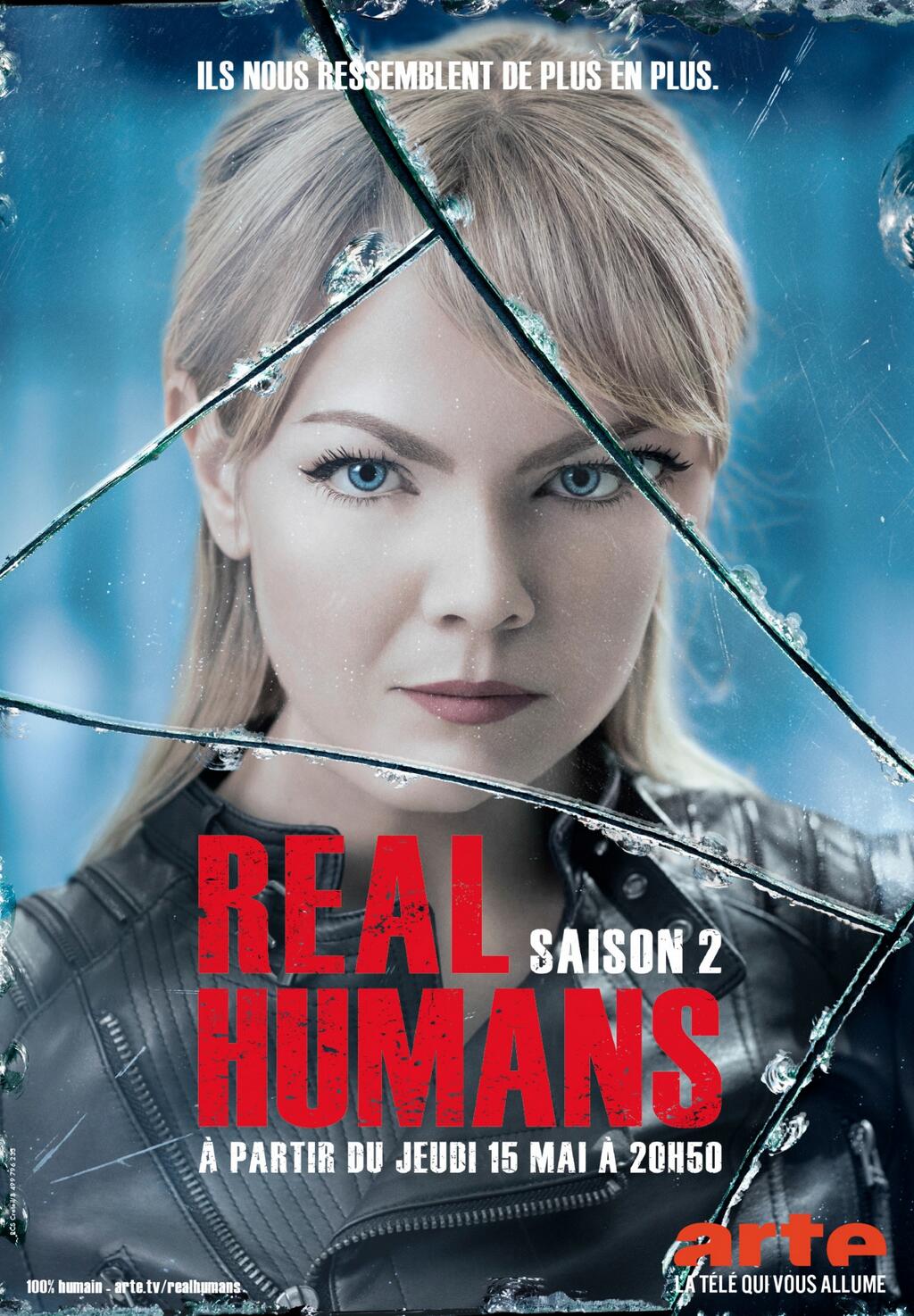 Bea – Äkta människor (Real Humans) (2012)
Bea – Äkta människor (Real Humans) (2012)
I wobbled over whether to include this, since its mere presence is a big spoiler. However, the name by itself won’t give away too much, and the odds are you won’t have seen this Swedish TV series. Though that’s a shame, since it’s an enthralling exploration of a society where androids are part of everyday society, and what happens when a tiny percentage of them are given full self-awareness. For some, this is a good thing; but for others, it causes resentment as they appreciate their inferior place in human society, and they prepare the ground for a battle to take what they see as their birthright. There’s scheduled to be an English-language remake on AMC (US) and C4 (UK) later this year: it’s going to have to go some, to live up to the high standards of its inspiration.
Honorable mentions:
- Jamie Summers (The Bionic Woman, 1976 + 2007);
- Seven of Nine (Star Trek: Voyager, 1995);
- Annalee Call (Alien: Resurrection, 1997)
- Max Guevera (Dark Angel, 2000);
- the Buffybot (Buffy the Vampire Slayer, 2000);
- KAY-Em 14 (Jason X, 2001);
- River Tam (Firefly, 2002);
- Cameron (The Sarah Connor Chronicles, 2008);
And androids also appear…
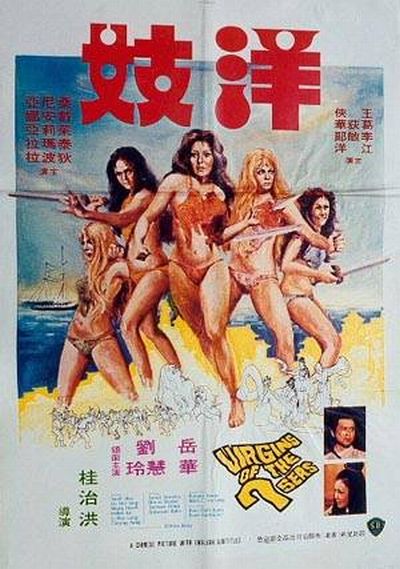 In the 1970’s legendary Hong Kong studio Shaw Brothers sought to broaden their market with a series of co-productions. The results included the likes of Legend of the 7 Golden Vampires, from a partnership with Britain’s Hammer Studios, plus Cleopatra Jones and the Casino of Gold. But perhaps the most bizarre such product is this, which crosses martial arts with the softcore sex films from the time, the best-known of which is probably Hofbauer’s Schulmadchen Report (Schoolgirl Report). The results are… Well, I’d be hard-pushed to call them great cinema, but I would have to confess to being rather more entertained than I expected.
In the 1970’s legendary Hong Kong studio Shaw Brothers sought to broaden their market with a series of co-productions. The results included the likes of Legend of the 7 Golden Vampires, from a partnership with Britain’s Hammer Studios, plus Cleopatra Jones and the Casino of Gold. But perhaps the most bizarre such product is this, which crosses martial arts with the softcore sex films from the time, the best-known of which is probably Hofbauer’s Schulmadchen Report (Schoolgirl Report). The results are… Well, I’d be hard-pushed to call them great cinema, but I would have to confess to being rather more entertained than I expected.




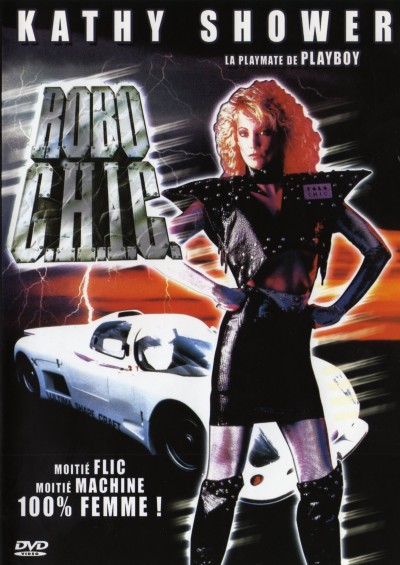
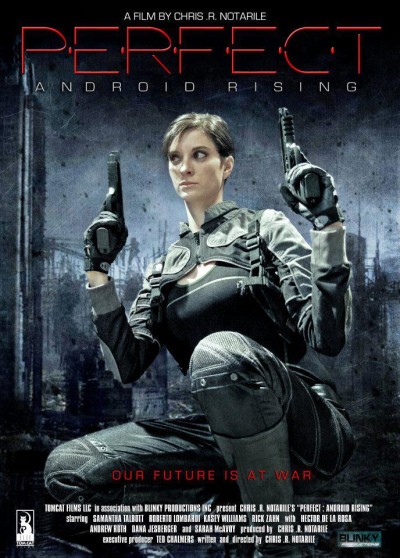
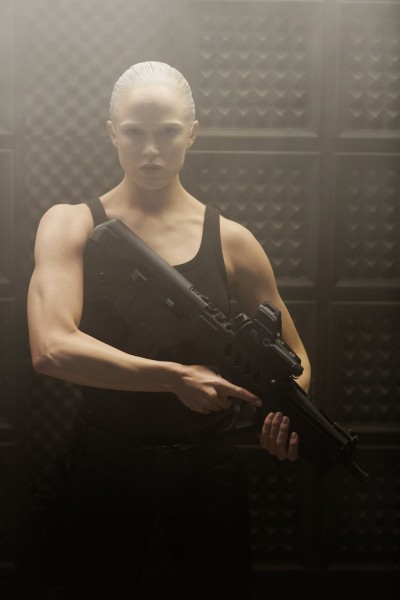
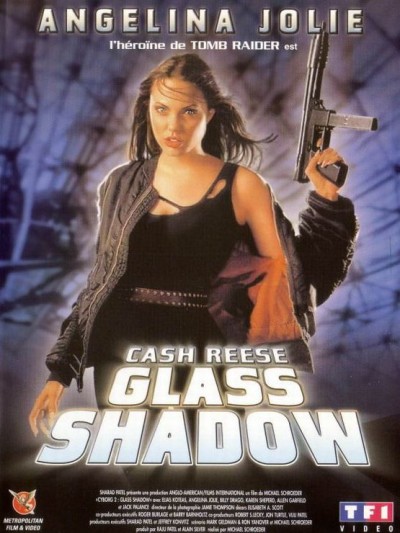

 Galaxina – Galaxina (1980)
Galaxina – Galaxina (1980) Alita – Battle Angel Alita (1993)
Alita – Battle Angel Alita (1993) Bea – Äkta människor (Real Humans) (2012)
Bea – Äkta människor (Real Humans) (2012)









